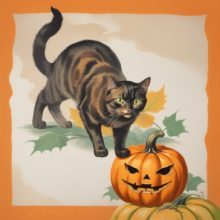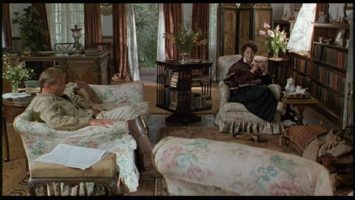“Secret languages” are one of the most wonderful sources of unintended humor when one reads Victorian etiquette books. Living in repressive times, lads and ladies on the make were forced to use all sorts of hidden methods to woo and win love.
You’ve probably have heard of the language of flowers. I’ll give that a glance at a later date, but it just seems too, well, normal. How about the language of stamps? Back when letters were the common form of communication, “postage stamp flirtations” became a thing. Seriously.
According to The Modern Art of Making Love by James S. Wilson, (1900):
“An unspoken conversation may be carried on by aid of postage-stamps. It undoubtedly affords much pleasure and amusement to those who indulge, but they seldom think of the trouble they give to the unfortunate clerks; through whose hands the letters pass. The method is thus:”
“Upside down of left corner – I love you
Same corner, crosswise – my heart is another’s
Straight up and down – Good-bye Sweetheart
Upside down on right corner – Write no more
In the middle, at right hand edge – Write immediately
In the corner, at top – Yes
Opposite, at bottom – No
On right hand corner, at a right angle – Do you love me?
In left-hand corner – I hate you
Top corner, at the right – I wish your friendship
Bottom corner, at left – I seek your acquaintance
On line with surname – Accept my Love
The same, upside down – I am engaged
At right angle, same place – I long to see you”
I find it sweet to think of a young lady receiving a letter from a beau, having it pass through the hands of her unknowing father and mother, looking at the upside down stamp on the left corner and flushing with pleasure at the secret knowledge that he loves her. It is romantic, if a little silly. But at a time when some couples could be ostracized, or worse, jailed for expressing their love, perhaps a secret language was a lifeline. So, maybe these clandestine languages weren’t always so silly.
There doesn’t seem to be any real rhyme or reason to how the end message corresponds to the stamp. Is upside down a mark of negativity – no. It can be positive or negative. Is the right side or left side indicative of a positive or negative quality? Nope. It all seems very random, but then again, that may have been the point. Separating the young unmarrieds with their own secret symbols may have been as popular then as slang and abbreviations are now.
Just don’t send me a left-corner, right angled stamp please.
Much love to you and yours, Cheri.



